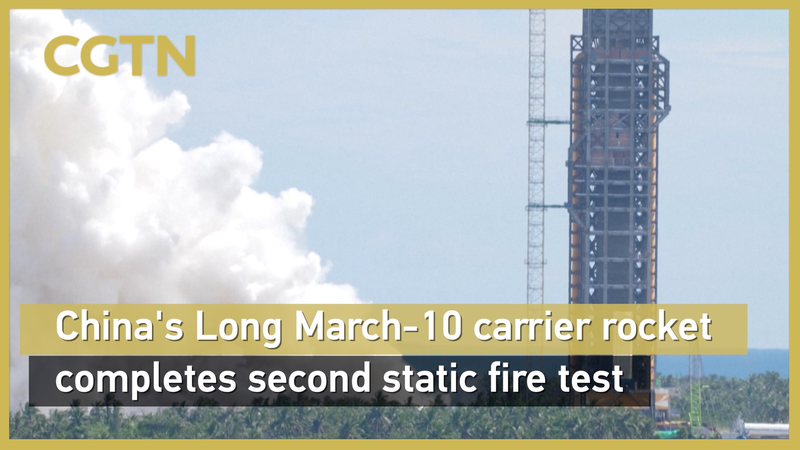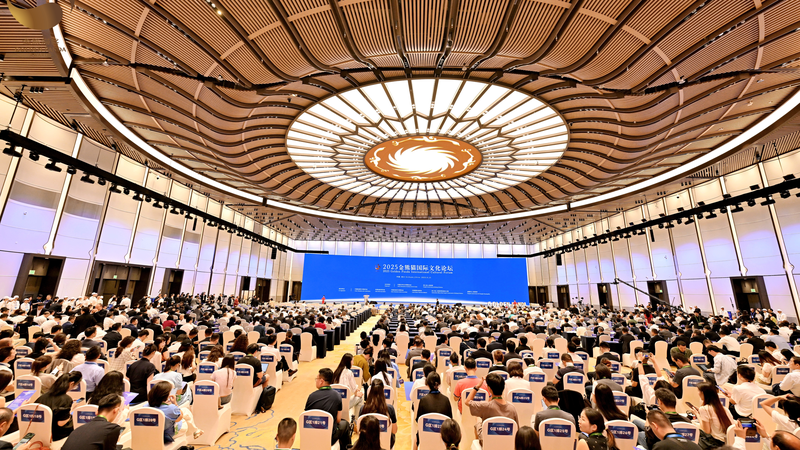The China Manned Space Agency (CMSA) celebrated a major milestone on Friday: the Long March-10, China's next-generation manned carrier rocket, completed its second static fire test with flying colors at the Wenchang Spacecraft Launch Site in Hainan Province.
At 3 p.m., engineers ran the test prototype's seven first-stage engines simultaneously for 320 seconds. This rigorous trial evaluated the booster's low-thrust operations and secondary restart capability—critical checks before the rocket's maiden flight.
The CMSA said the test "fully verified performance, recovery, and reuse of the propulsion system." The results mark a breakthrough in the initial prototype development of the Long March-10 series, which includes both the standard Long March-10 and the heavy-lift Long March-10A configurations.
Designed to power China's manned lunar missions, Long March-10 will play a starring role as the country moves into the lunar landing phase of its exploration program. The CMSA aims to land astronauts on the moon before 2030.
Since mid-June, intensive research and development has accelerated progress across the program. The Mengzhou manned spacecraft, the Lanyue lunar lander, and new ground infrastructure at Wenchang have all advanced in parallel.
With private space startups and state agencies worldwide racing to the moon, Long March-10's progress highlights China's growing footprint in lunar exploration. For tech enthusiasts, entrepreneurs, and space fans from G20 nations, this test offers data-driven insights into next-generation propulsion and reusable rocket design.
Next up: a series of follow-up tests and verifications to fine-tune the rocket ahead of its highly anticipated debut flight.
Reference(s):
China's Long March-10 carrier rocket succeeds in 2nd static fire test
cgtn.com




